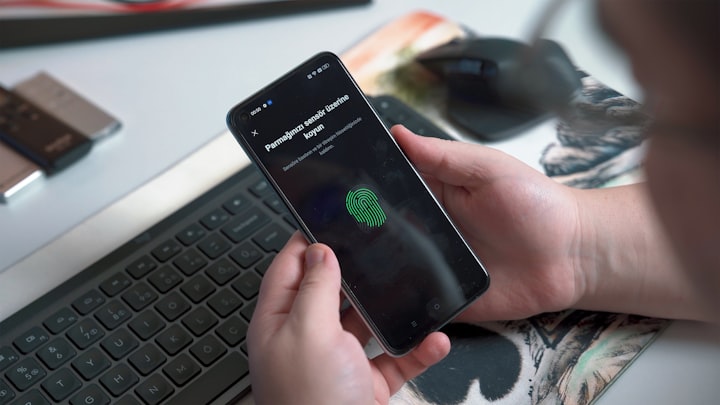Biometric Authentication: The Future of Secure Digital Identity
How Facial Recognition and Other Biometrics Are Changing the Way We Verify Who We Are

Biometric authentication is becoming an increasingly popular method of verifying identity in the digital age. Biometric authentication involves the use of an individual's unique physiological or behavioral traits to verify their identity. This technology is being used in a variety of applications, from mobile devices to financial transactions, and is rapidly becoming the future of secure digital identity.
Biometric authentication is more secure than traditional authentication methods because it is based on unique, unchangeable characteristics of an individual. These traits can include fingerprints, facial recognition, voice recognition, iris or retinal scans, and even a person's gait or typing patterns. Unlike passwords or other traditional authentication methods, biometric authentication cannot be easily replicated or stolen, making it a more secure option for identity verification.
One of the most common forms of biometric authentication is fingerprint scanning. Fingerprint scanning has become a common feature on many smartphones and other devices, making it an accessible option for many users. This technology has also been widely adopted in various industries, such as healthcare, banking, and government services. Fingerprint scanning is a reliable way to ensure that only authorized individuals are granted access to sensitive information or secure areas.
Facial recognition is another popular form of biometric authentication that is becoming more prevalent in everyday life. Facial recognition technology uses a person's unique facial features to verify their identity. This technology is being used in a variety of applications, from security cameras to mobile devices. Facial recognition has the potential to greatly improve security and convenience in many industries, from travel to retail.
Voice recognition is also an emerging technology in biometric authentication. This technology uses a person's unique vocal patterns to verify their identity. Voice recognition has the potential to be a more convenient form of authentication, as it can be used to access secure systems and make transactions without requiring a physical device, such as a fingerprint scanner.
Iris or retinal scans are another type of biometric authentication that is gaining popularity. This technology uses a person's unique iris or retinal patterns to verify their identity. These scans are highly accurate and are becoming more common in government and military applications.
Behavioral biometrics are another emerging form of biometric authentication that is based on a person's unique behavior patterns. These patterns can include a person's typing rhythm, mouse movements, or even the way they hold their phone. Behavioral biometrics can be used to verify a person's identity without requiring them to physically interact with a device, making it a more convenient option for many users.
Despite the advantages of biometric authentication, there are still concerns about privacy and security. Some worry that biometric data could be stolen or misused, potentially leading to identity theft or other forms of fraud. There are also concerns about the accuracy of biometric authentication, as some technologies have been found to be less accurate for certain populations, such as people with darker skin tones or disabilities.
To address these concerns, it is important for companies and governments to implement strong security protocols and to be transparent about how biometric data is collected, stored, and used. It is also important for users to understand the risks and benefits of biometric authentication and to be cautious about sharing their biometric data with third-party providers.
In conclusion, biometric authentication is the future of secure digital identity. It offers a more secure and convenient option for verifying identity in a variety of applications, from mobile devices to financial transactions. As this technology continues to evolve, it will be important for companies and governments to prioritize privacy and security, and for users to be informed about the risks and benefits of using biometric authentication.
About the Creator
junaid mughal
I am just a Technology geek, who loves to experience latest gadgets, technology and share it with the world here.






Comments
There are no comments for this story
Be the first to respond and start the conversation.